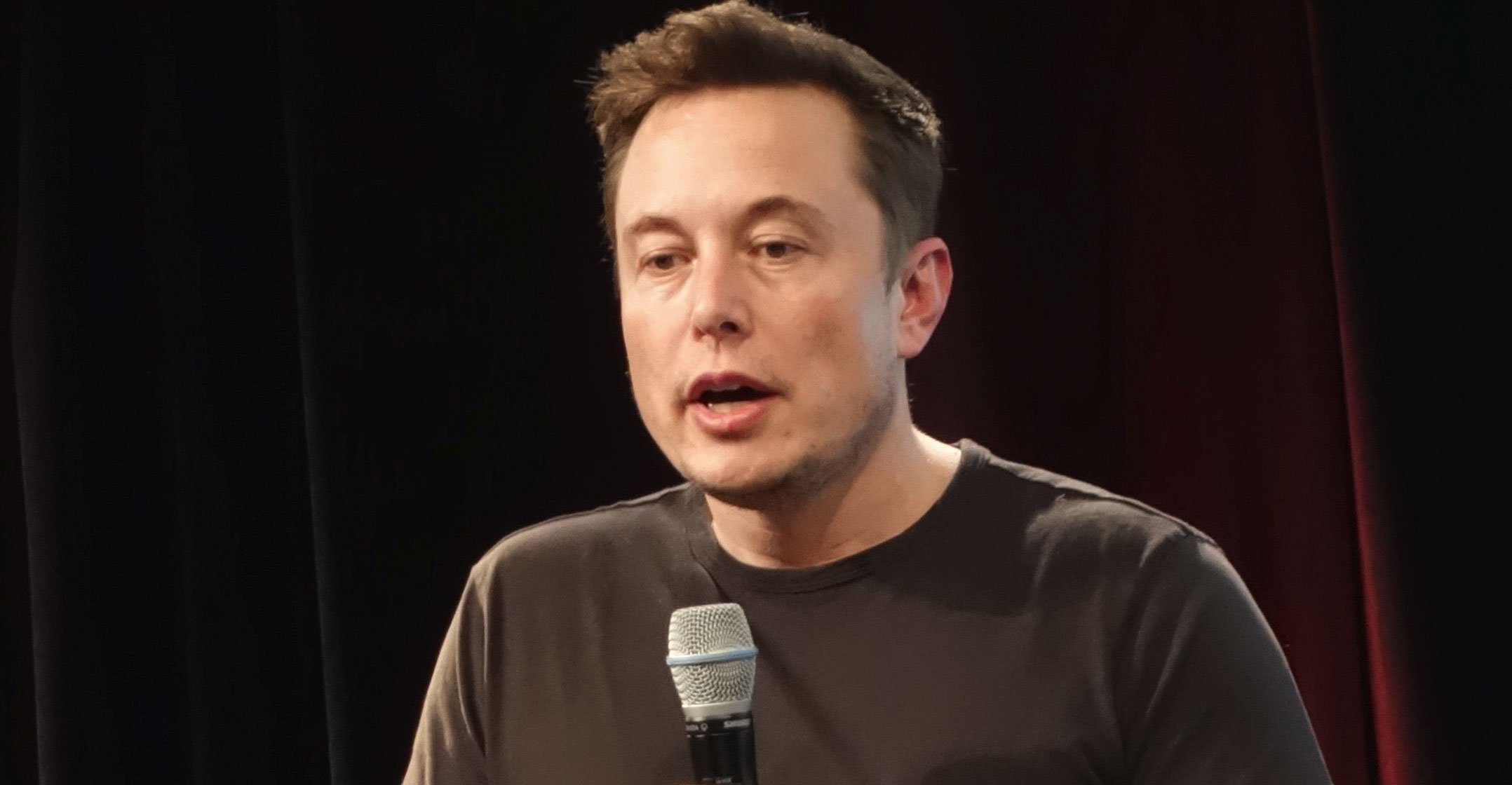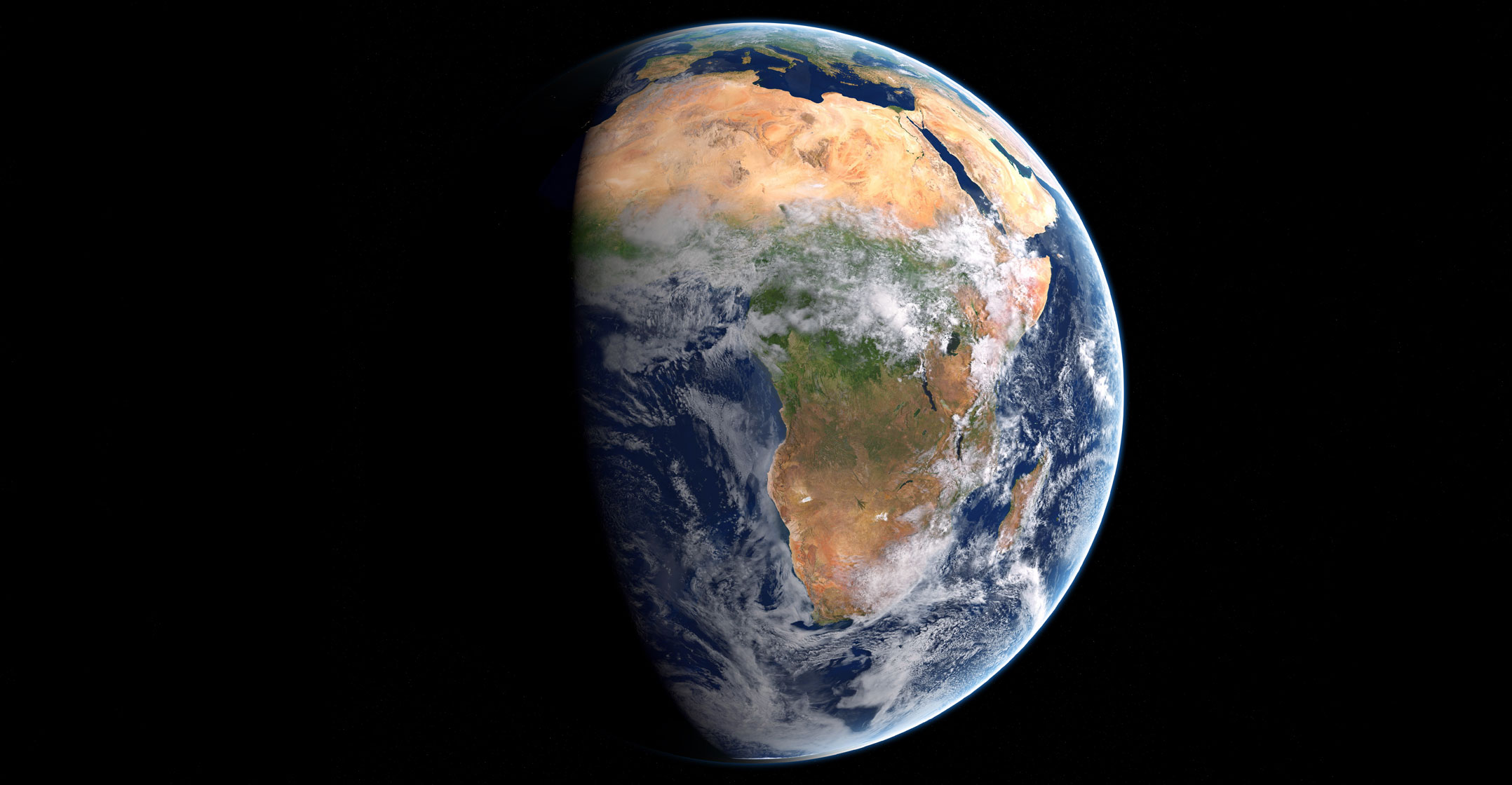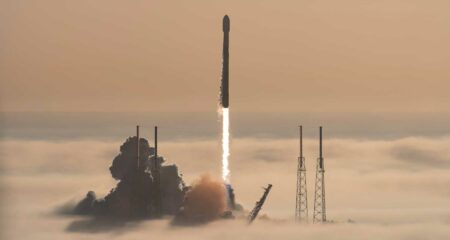
Entrepreneur Elon Musk, who envisions a human colony on Mars, is planning to create a new, much larger rocket ship code named “BFR” capable of travelling anywhere on Earth in under an hour.
If the concept becomes reality, a journey from New York to Shanghai can be completed in about 30 minutes. The surprise announcement means that Musk’s SpaceX, which has already disrupted the aerospace industry with reusable launches, plans to ferry humans not just to distant planets but across this one as well.
“If we are going to places like Mars, why not Earth?” Musk said Friday at the 68th International Astronautical Congress on Friday in Adelaide, Australia. Animation played on a big screen behind him, showing scores of people getting on a high-speed ferry in New York, then boarding the BFR. The spaceship then headed for Shanghai.
Musk said that SpaceX, which has launched 13 rockets so far this year, aims to complete 30 missions for customers next year. SpaceX has many commercial satellite operators as customers, and the revenue from those contracts will help fund the development of BFR, which will also help set up a base on the Moon.
Musk, 46, has a net worth of more than US$20bn and has said in the past he’d use his own personal assets to help fund his vision. He detailed his Mars plans in a talk at the IAC in Guadalajara, Mexico a year ago and later published a paper about it, generating enormous excitement but raising concerns it included few details on financing. Musk promised his Twitter followers this summer his updated Mars plan would address the lack of payment details — which he called “the most fundamental flaw” in his first take.
Previously, Musk had talked about sending an unmanned “Red Dragon” spacecraft to Mars in 2018. The new plan calls for the first BFR to land on Mars in 2022, followed by crewed missions in 2024.
BFR
Musk, who’s also CEO of electric car maker Tesla, founded SpaceX in 2002 with the ultimate goal of enabling people to live on other planets. The closely held space exploration company flies its Falcon 9 rocket for customers that include Nasa, commercial satellite operators and the US military. The Hawthorne, California-based company also has plans to launch its own satellite network.
The cost of a Falcon 9 launch is roughly $62m, according to SpaceX’s website, with modest discounts available for contractually committed, multi-launch purchases. SpaceX’s rockets are designed for re-use, with rocket reusability now seen as key to making space travel affordable. SpaceX celebrated its first launch using a previously flown booster in March.

On top of the 13 launches in 2017, SpaceX has several more missions on its manifest for the remainder of the year. The company expects to demonstrate later this year the first test flight of Falcon Heavy, a far more powerful rocket capable of heavy payloads and sending paying space tourists on a flight around the moon.
Mars is no longer the stuff of science fiction. Mars exploration got an enormous boost in August 2012 when Nasa’s Curiosity Rover landed on the Red Planet. The robotic vehicle continues to transmit breathtaking, high-resolution photographs of the dune-and butte-filled landscape to the delight of scientists and Curiosity’s 3.8m Twitter followers.
Still, human colonisation of Mars won’t be easy. Getting to the Red Planet will take several months, with unknown risks to the human body and psyche. Even if space explorers survive the 250m kilometre journey and subsequent first-ever manned landing, they would need to get to work immediately to create a habitable atmosphere and produce the fuel needed to propel the rocket ship homeward.
Musk has a busy agenda while in Australia. Later on Friday, he was due to attend a Tesla Energy event at a wind farm. Tesla’s selling its batteries to utilities eager to find ways to integrate renewables like solar and wind with their electric grids. — Reported by Dana Hull and Perry Williams, (c) 2017 Bloomberg LP




